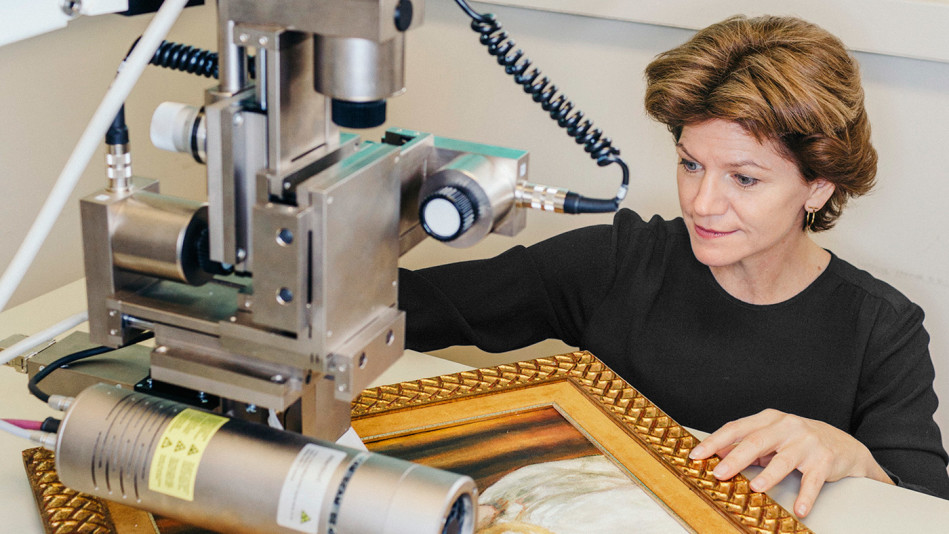How to Tell If a Painting Is Worth a Million Dollars, or Just a Fake

On Mastering the Masters
About ten years ago, I decided to go back to school for a graduate degree in art history. Being in the presence of original work helped me develop an eye for noticing what's right—and what's wrong—in an object. I became fascinated with learning to distinguish between the real and the fake, so I went on to study international art crime. In 2012, I founded my own business, Art Fraud Insights, to help educate people and investigate suspect artwork.
On the Tricks of the Trade
I call titanium white the smoking gun of pigments because it's a color that wasn't available to painters in the 18th and 19th centuries. And if a supposedly centuries-old oil painting doesn't have craquelure—fine, dense patterns of cracks that appear on the surface of older works—it gives me pause. Then there's the smell test. There was a forger in the 1990s who used vacuum cleaner dust, coffee grounds, and K-Y Jelly to create a paste that simulates aging. If I sniff a painting and smell coffee, I'm immediately suspicious.
On Being an Art World Superhero
I call myself a cultural heritage warrior. Whether I'm researching the provenance of a work or training federal agents in forgery investigation, it's my job to get to the truth. Right now I'm analyzing two 17th-century paintings that may have been stolen from a church in Peru. If the pieces are the ones that were taken, they're items of cultural property that need to be returned.
On Her Own Rogues' Gallery
My walls are filled with Picassos, Renoirs, and Matisses. If you visited my home, you might think I'm one hell of a collector—but they're all fakes. The most popular artists to forge are the most recognizable. It's like counterfeit Prada and Chanel purses: People want what's familiar.
On How to Not Get Fooled
If something seems too good to be true—like when a masterwork is offered for pennies on the dollar—it probably is. I once had a client who spent $200,000 for a "Jackson Pollock" he found online. I mean, who does that?



